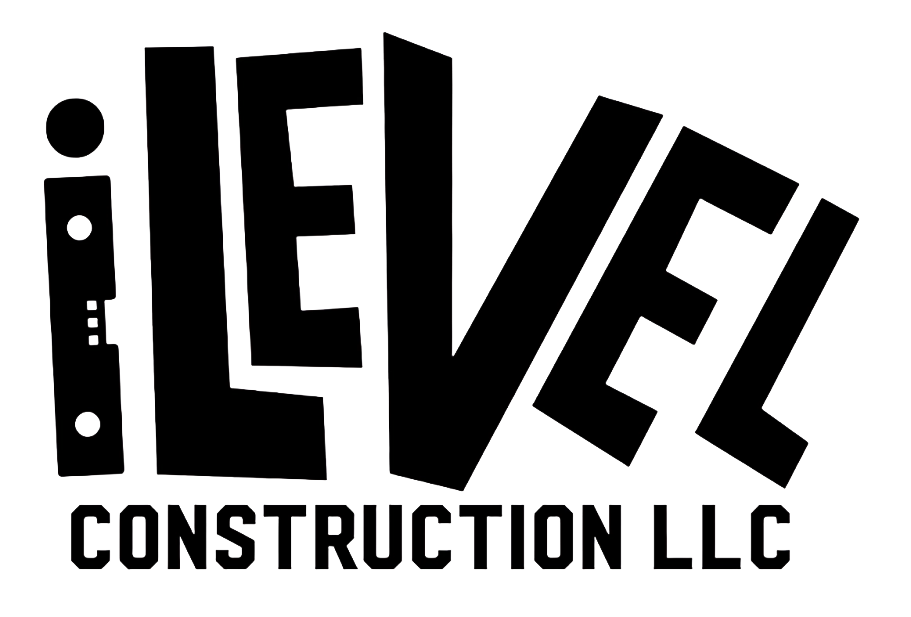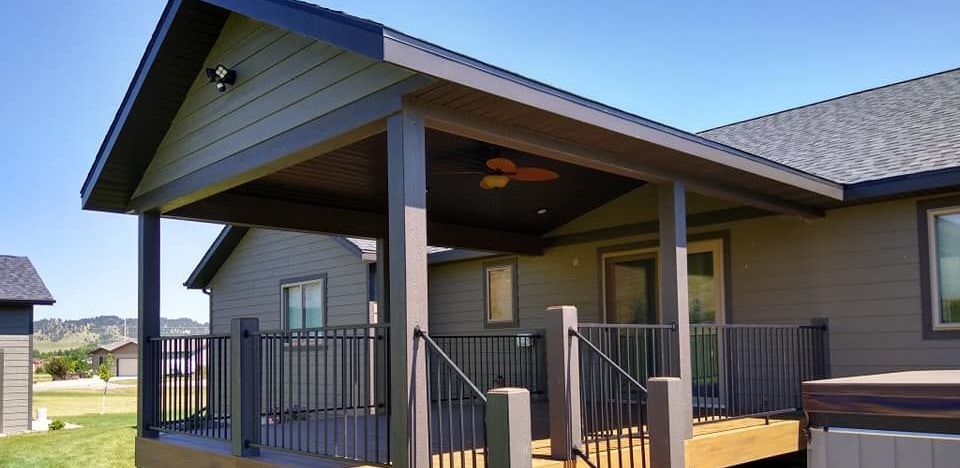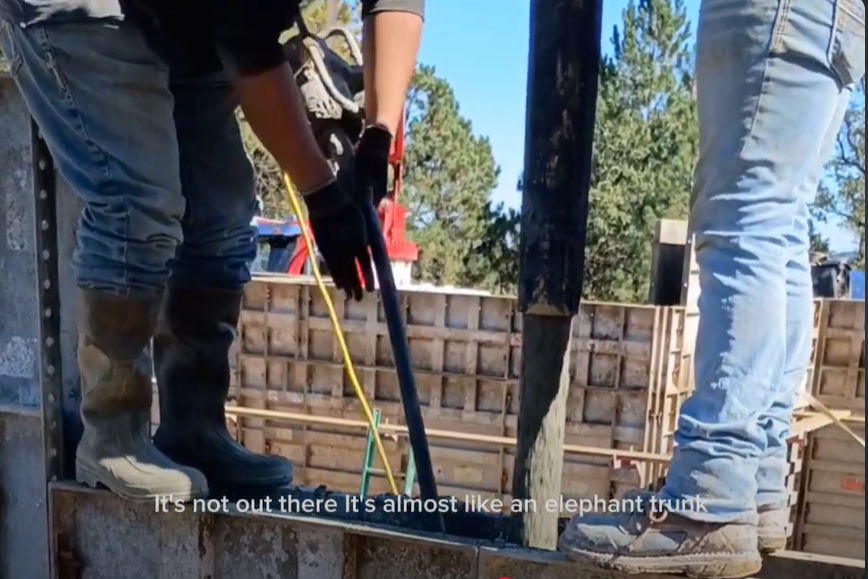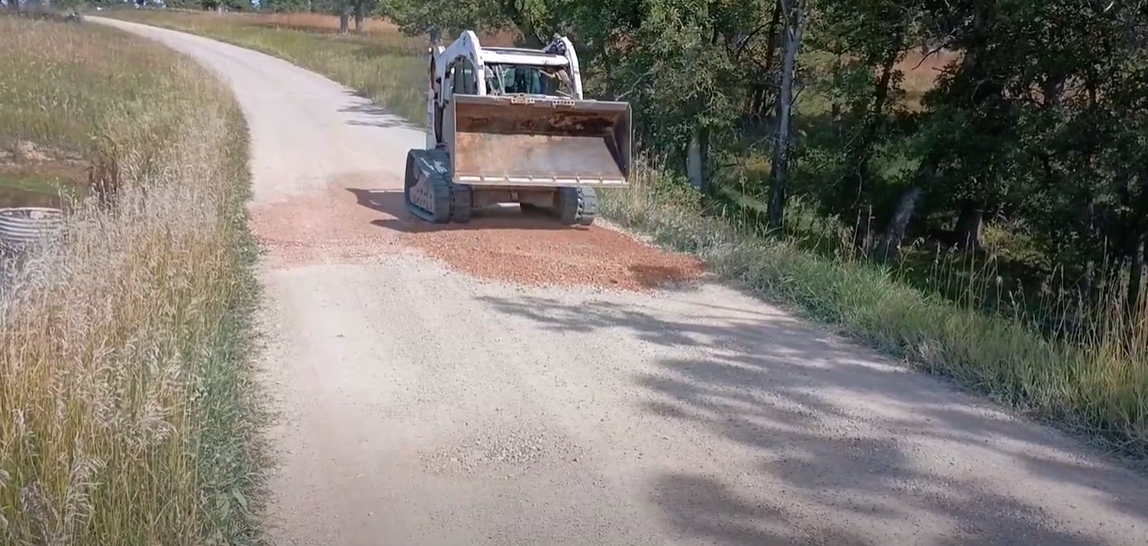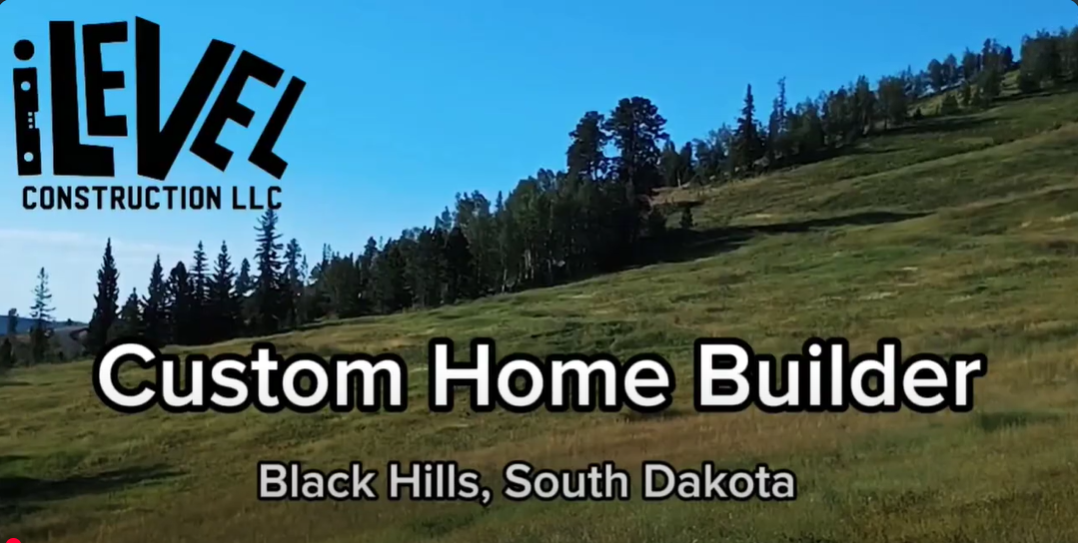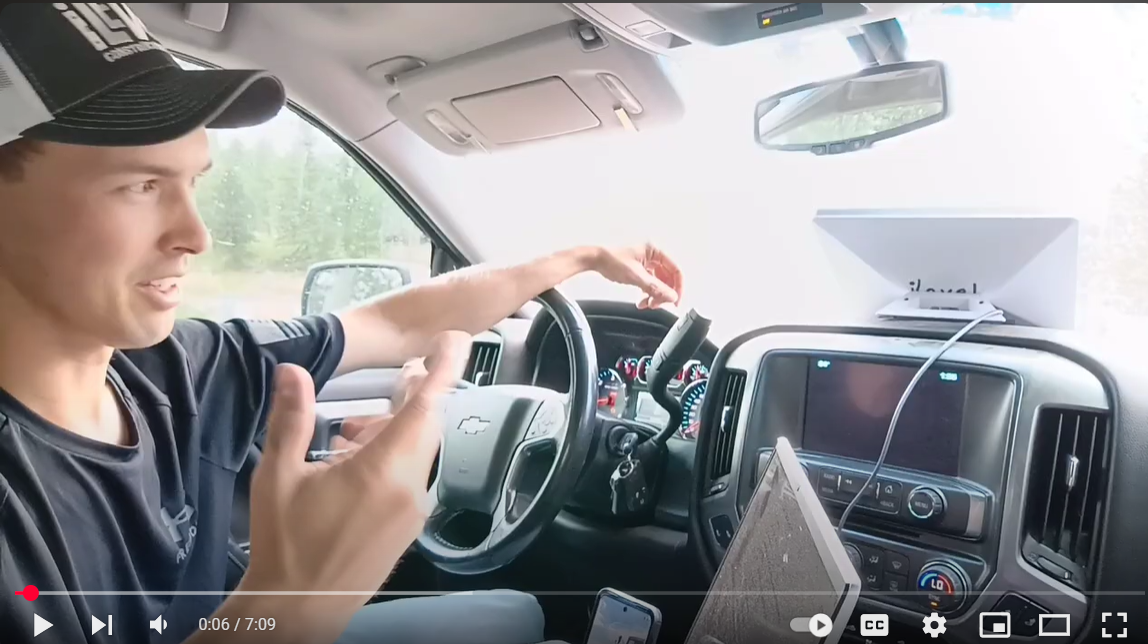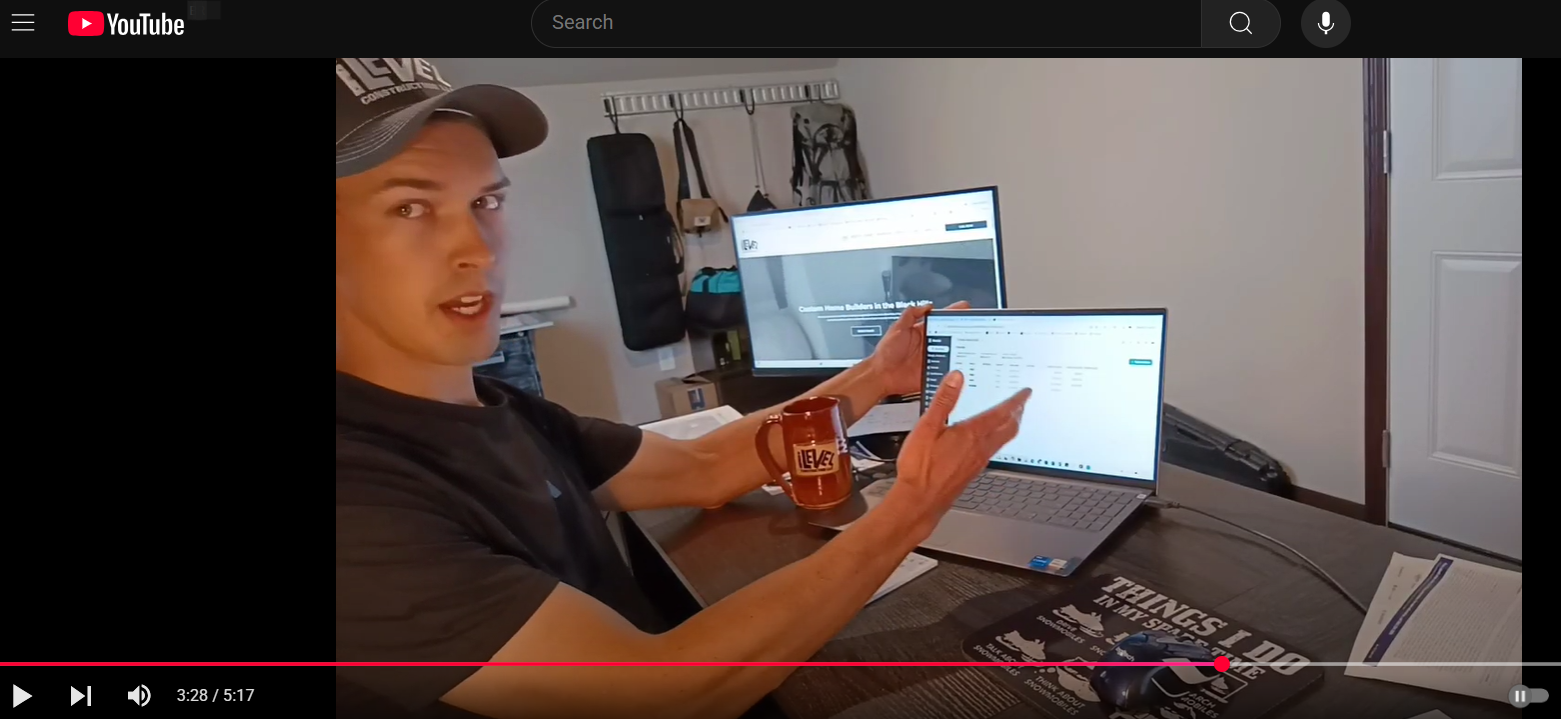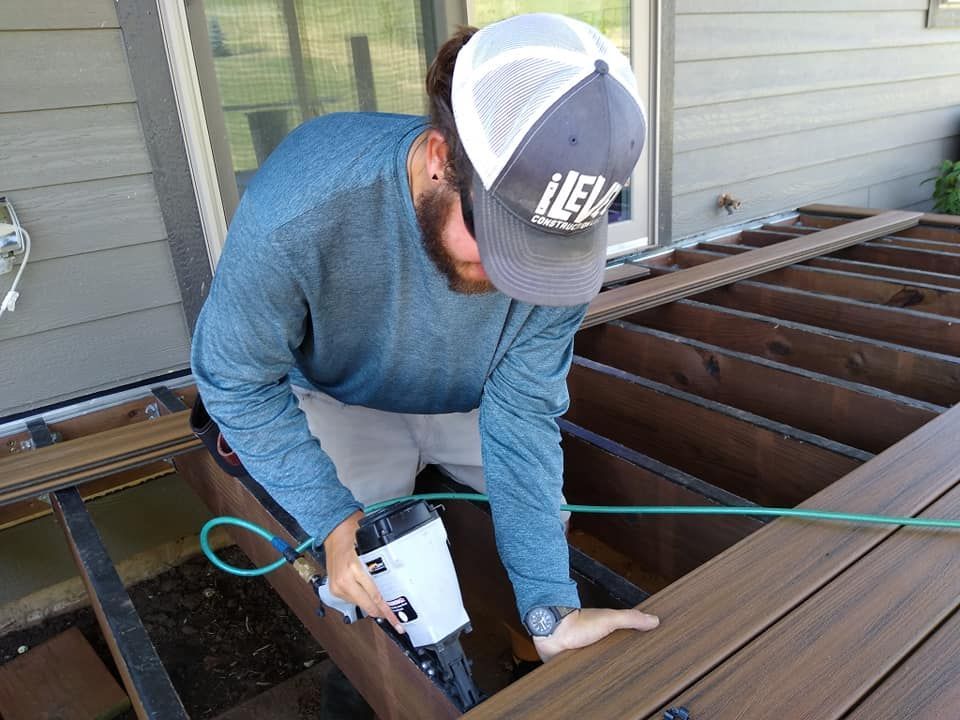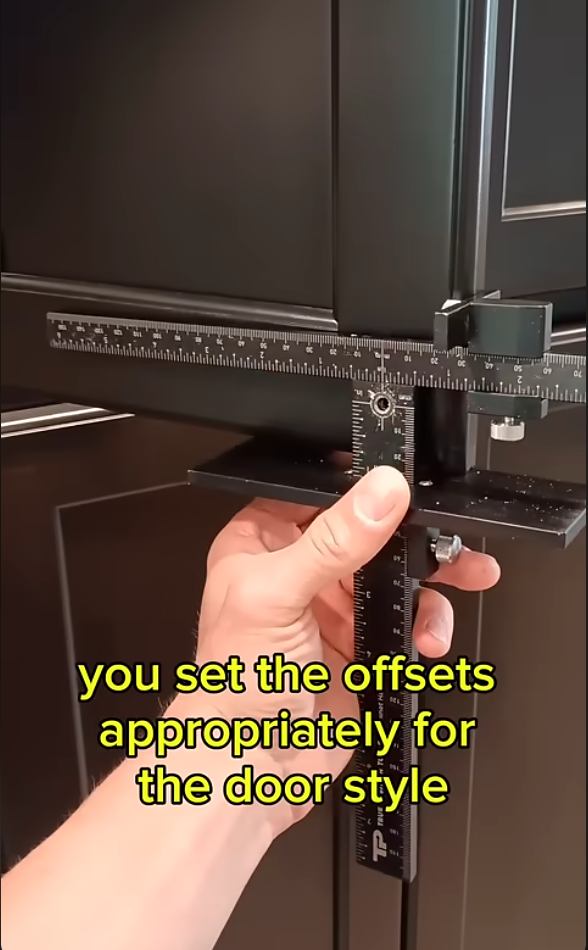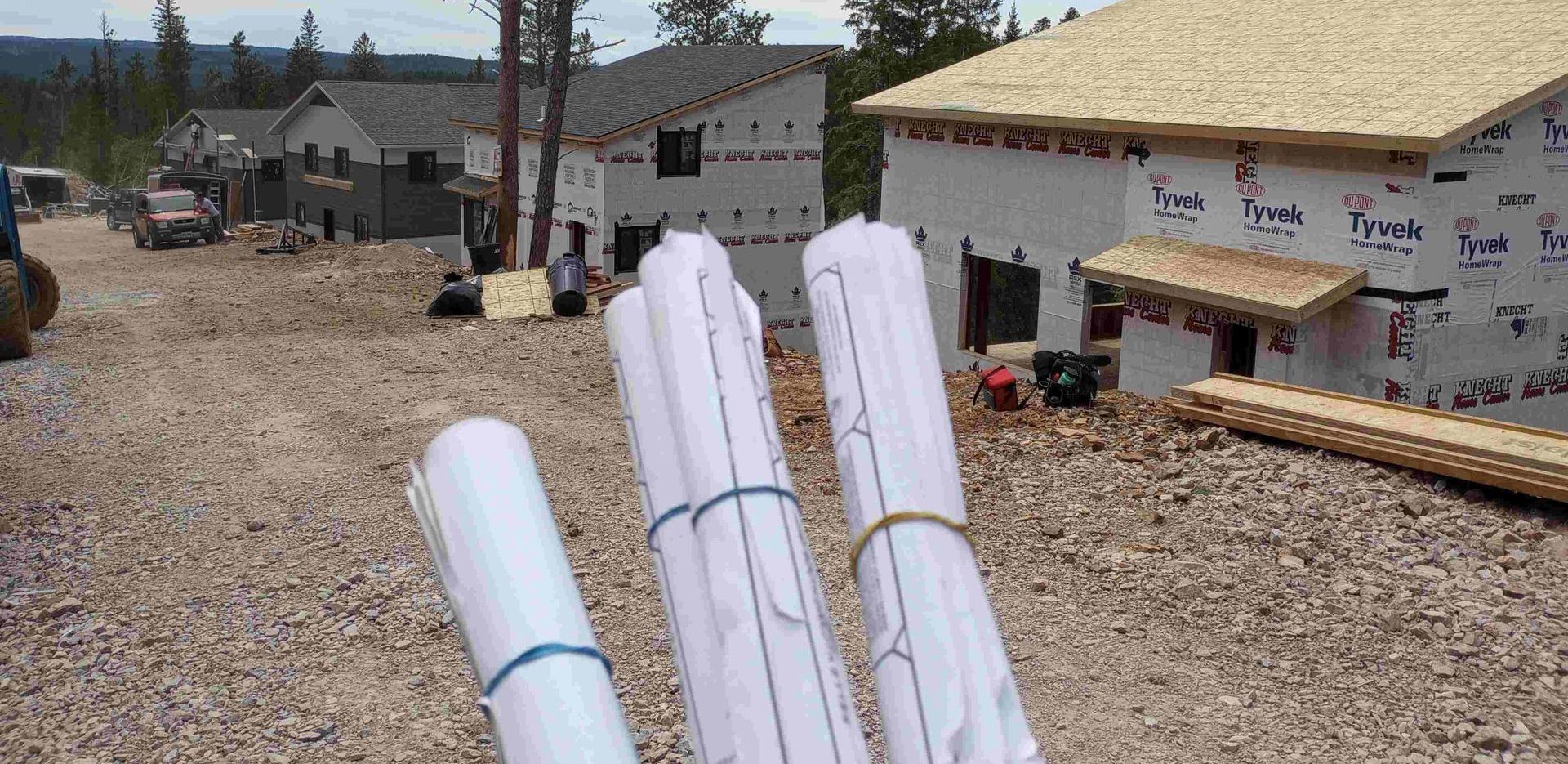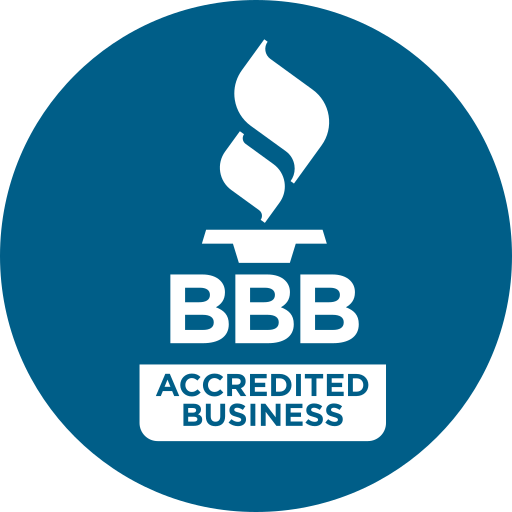Pros & Cons of Prefab Homes - What to look for?
If you have searched extensively and have not found
a house that you want to buy, then the only option is to build it yourself. To do this, you will need to choose the traditional material from which it will be built or opt for a prefabricated house. A house built the old-fashioned way can take months to build, while a
prefabricated house, on the other hand, can be ready in just a few weeks. In this article, we will look at the pros and cons of opting for a prefabricated house.
What is a manufactured home?
- Manufactured homes:These residences are constructed in sections and assembled on their final location using heavy machinery and the expertise of professionals. Plus, they must follow HUD requirements.
- Kit homes:Despite having a similar building technique, kit houses are far less complicated than prefabricated homes. The majority of homebuyers can really construct a kit home on their own.
- Modular homes: Modular houses: These homes are far more customizable, and many businesses let you change the layout of the house you buy. Modular homes do, however, have a fixed base, in contrast to prefab and kit homes.
The Pros of Prefab Homes
1. Affordability
A home built on-site, is typically double the price of prefabricated buildings. In general, on-site construction wastes far more materials than traditional home construction. Given that over 600 million tons of building and demolition trash are created yearly in the United States alone, finding strategies to reduce waste is both environmentally friendly and financially beneficial. Prefab homes are not only less expensive due to more effective material usage, but they also require fewer construction personnel on-site to assist assemble the house.
2. Relatively Fast Construction Process with No Waste
Second, the components of a prefab home, whether modular or panelized, are constructed offsite. As a result, the actual time necessary to assemble the elements on-site is far less than that required to construct a traditional stick-built home. If you have a tight deadline and want to move into your new home as soon as possible, prefab houses are often the quickest sort of new home building accessible to homeowners. Moreover, prefab homes are constructed in a factory environment, which eliminates on-site material waste. In the factory, whatever remains from the building of one home may be utilized on another constructed home.
3. Energy Efficiency
Third, prefab homes may save you money over the years since their designs are often energy efficient. Because the different sections of a prefab house follow precise design criteria, the seams are often airtight. This defined airtightness helps to prevent leaks and airflows, which can raise the energy and economic costs of heating and cooling your house. As more buyers look for eco-friendly and sustainable housing features, prefab home architects and constructors are creating a variety of home types that include everything from solar panels to wind turbines to rainwater collection systems.
The Cons of Prefab Homes
1. Costs Related to Assembly and Transportation
The cost of moving the various components of your future house might add up, depending on where you live. Transportation firms may charge you a high price to carry all of your home's parts to the building site if you live far from the city.
It must be remembered that there is always a chance of poor assembly if you haven't picked a contractor who has expertise putting together the particular type of prefab home you have selected. Joint failure, leakage, and other problems might result from this. The various prefab house modules or panels face the danger of being damaged during delivery and assembly if your contractor is not equipped with the right tools.
2. You Have to Buy the Land
One of the benefits of buying an existing home or building on your land is that the property, the entire area, appreciates in value over time. Sometimes, buyers can spend a lot of time looking for a more affordable prefab home, and by the time it’s time to build, the property they wanted to buy has had $30,000 or more added to the purchase price. It’s important to research the area you’re looking to buy and keep an eye on price changes.
3. Utility Connection Fees and Other Expenses
It can be quite rewarding to find a high-quality home with a base price range of $50,000 to $100,000 when you search online. Most companies that sell prefab homes of this type omit a number of additional expenses that will increase the total cost of your property. We caution you to account for these additional expenses of connecting your home to utilities, such as electricity and sewer.
You may also find prefab home companies that include these connections in the price of your home, so do your research. Look at the final price and see what is included in your modular home package.
Bottom Line of Prefab Homes
The
cost of a prefab home will vary based on how much you want to do it yourself versus how much you want to outsource. Some ambitious homebuyers choose to purchase a prefab home as a kit and build it themselves with the help of a few friends. Others are willing to pay a fee to have the technical details of construction and permitting handled for them. Whatever your true motivation, make sure you understand what you’re getting into before going the prefab route. And we at
iLevel Construction are here to help you make those decisions. We can also provide you with a free quote on our services so you can compare and make your decision. If you have any questions,
give us a call today!
